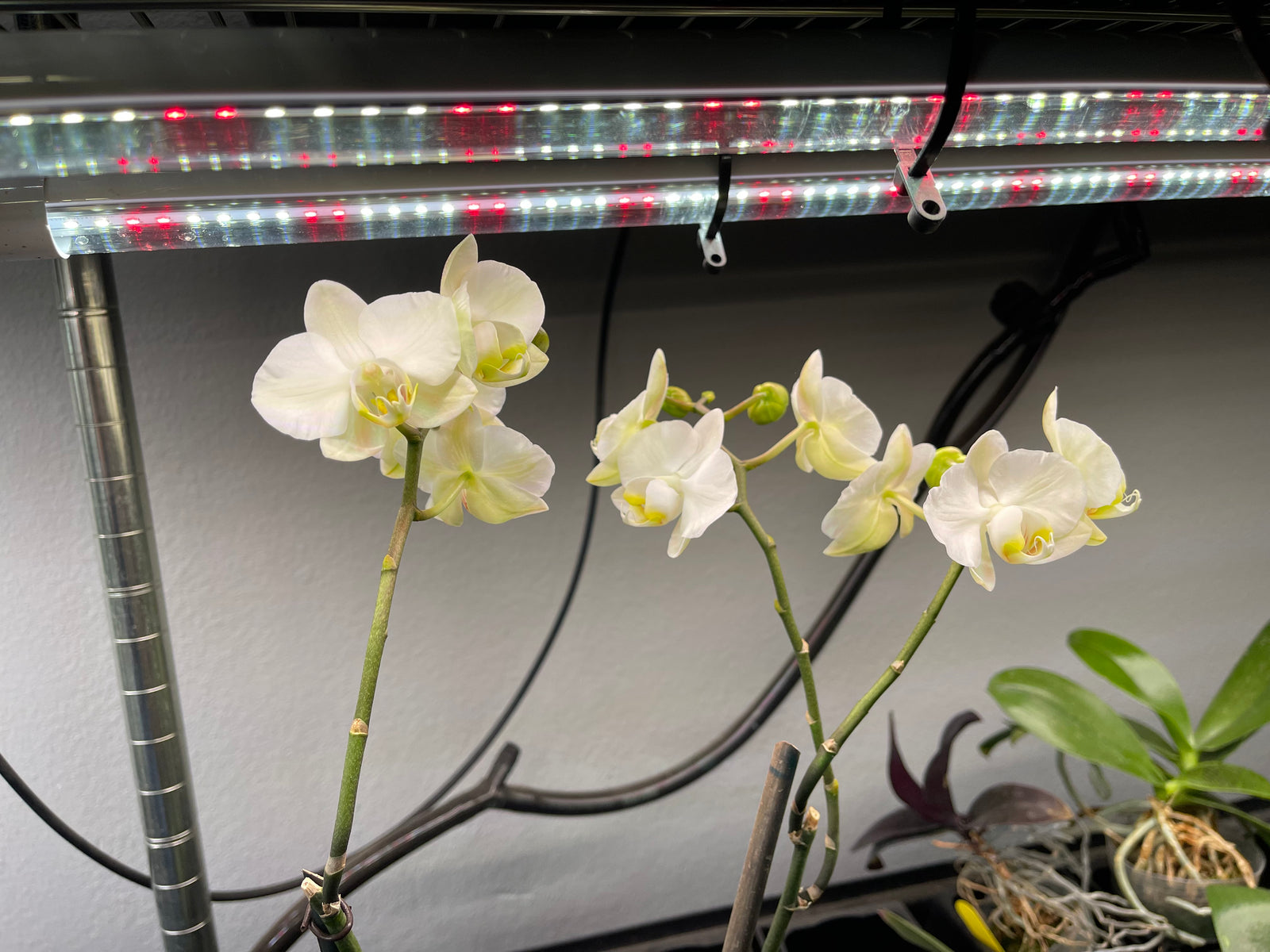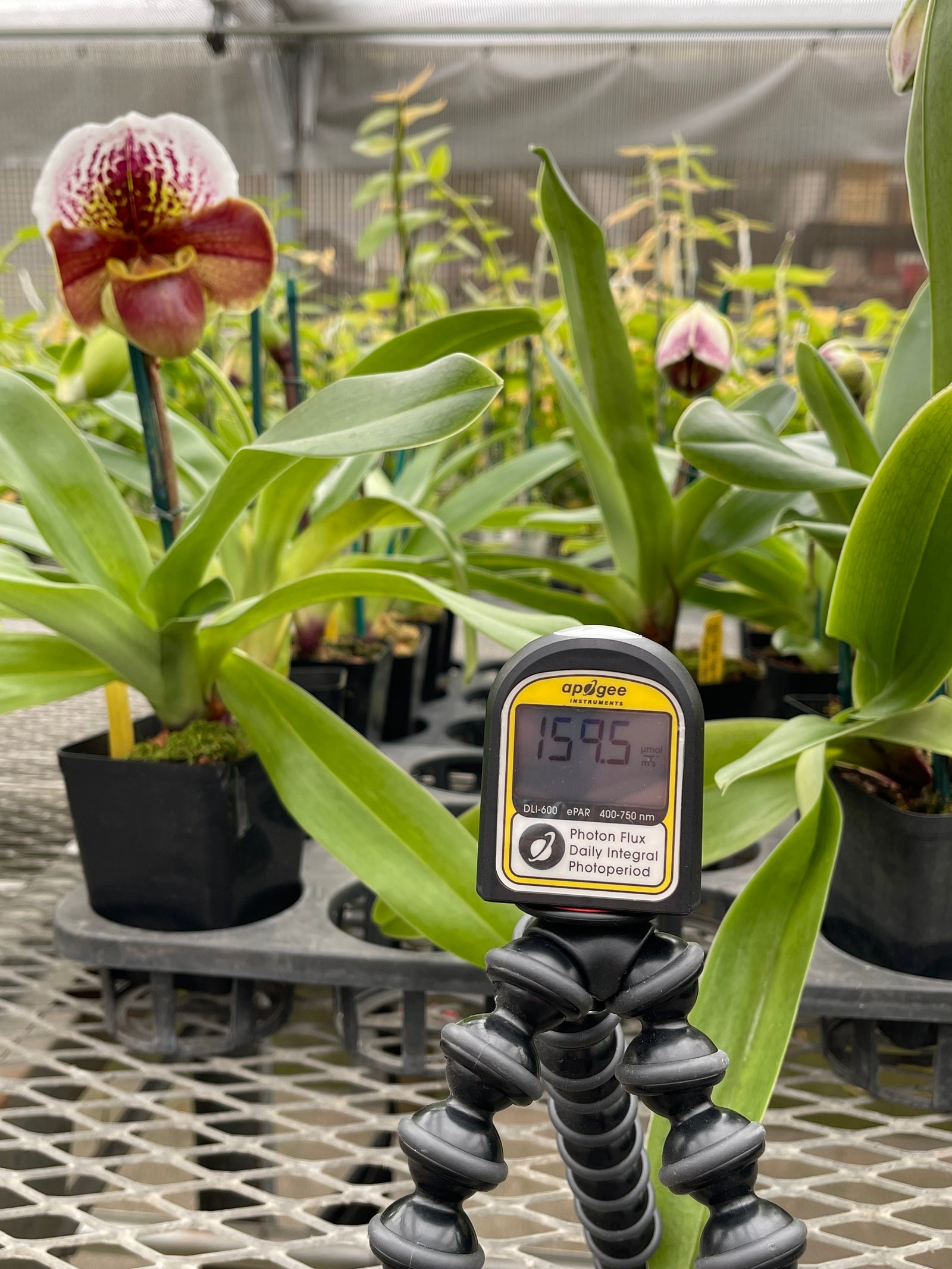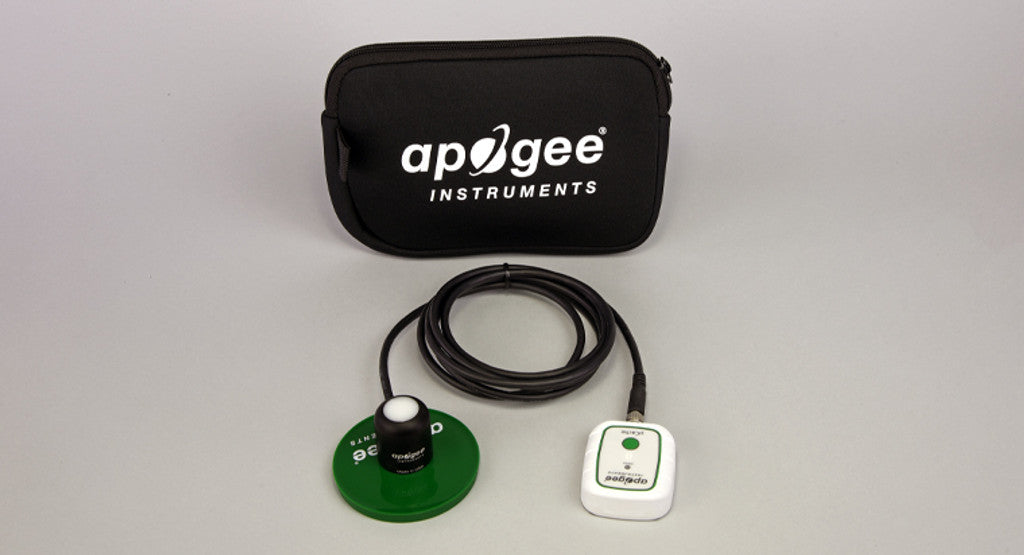PPFD, or photosynthetic photon flux density, is a measure of the amount of light energy that is available for photosynthesis in a given area over a specific time period. It is typically measured in units of micromoles per square meter per second (µmol/m²/s). PPFD is often used to evaluate lighting conditions for plants because it takes into account the wavelengths of light that are most important for photosynthesis, which are in the 400-700 nm range.
On the other hand, foot-candles (fc) is a measure of the intensity of light on a surface and is defined as the amount of light that is received on a surface one foot away from a uniform point source of light with a intensity of one candela. Foot-candles are typically used to measure lighting levels for human activities and are expressed in units of lumens per square foot (lm/ft²).
While foot-candles can be used to measure the intensity of light for plants, PPFD is generally a more appropriate measure because it takes into account the specific wavelengths of light that are important for photosynthesis and the amount of light energy that is available for plant growth. Additionally, PPFD is expressed in a unit that is more directly related to the amount of photosynthesis that is occurring, making it easier to understand how different lighting conditions will affect plant growth.






Leave a comment (all fields required)